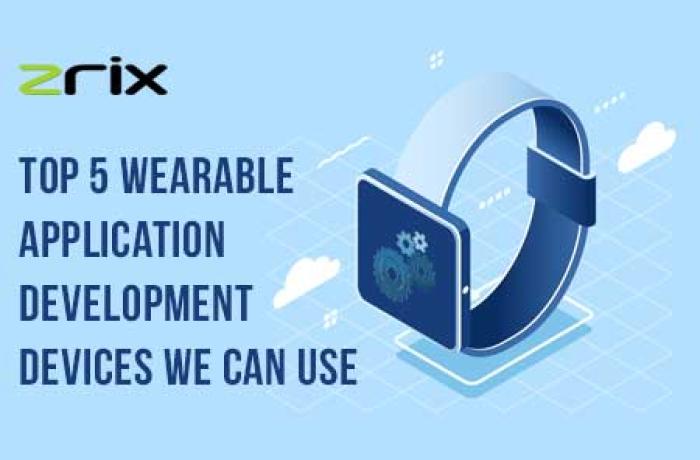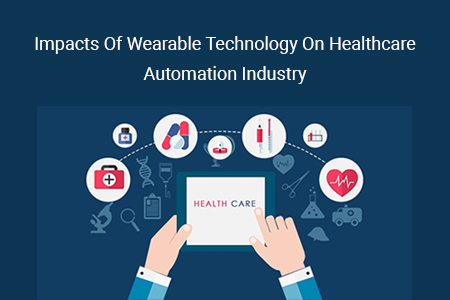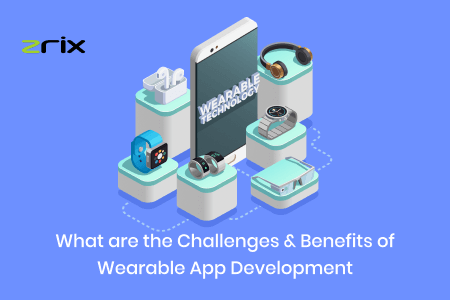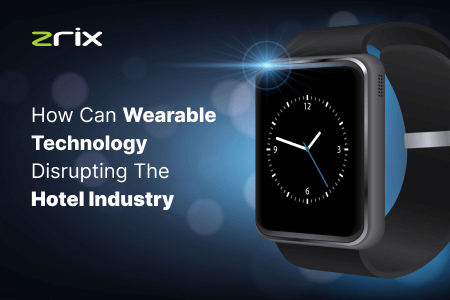There are a number of features that are transforming today’s wearables devices. For example, advanced functionality, less bulky and lighter hardware, seamless user experience, and improved internet connectivity.
Enhanced intelligence is undoubtedly the first element which defined that the wearable application devices can be used in any vertical and industry. Thus, the best mobile application development companies in USA are working on wearable devices.
This is the reason why companies are investing hugely to gain a lead in the cutting edge competition of wearable devices.
There are speculations that by 2022, sales of smart wearable devices will double by 2022. The net worth expected with 233 million unit sales is 27+ billion.
This stat from an analyst at CCS Insight, states that the major growth of the wearable device market is by smartwatches, virtual assistants, smart glasses like Google Glass, fitness trackers, smart pens, etc.
CCS’ reports also say that around 85 million smartwatches were sold in 2019, and would increase to 137 million in 2022.
The sales of fitness trackers will increase to 43 million by 2022 from 39 million. This year analyst expects that Apple will lead in wearable devices industry.
Let’s see what Wearable application devices will lead to 2019-20!
Intelligent Wearable Assistants
There has been a sudden rise in intelligent smart wearables. AI empowers devices like artificial coaches, assistants, etc. smart wearable devices are highly evident in the games and sports industry.
These devices have advanced sensors and gadgets that provide real-time feedback to the users on their metrics, useful insights, actionable advice to decrease injury risks while improving the performance.
Nowadays, many wearable application devices rely on popular smart user-friendly assistants, like Alexa, Siri, and more. On the other hand, many other custom software development companies are equipping their own wearables by forming technologies similar to Amazon, Microsoft, etc.
The purpose is to make human lives better and increase the usage of intelligent wearable assistants.
Read Also: Software Development Ideas For Online Business Startups
Intelligent Analytics in Wearable Healthcare
Wearables play an important role though they look simple and most convenient in collecting health data, monitoring the user activities, and interacting with the users upon need.
AI-powered platforms in the healthcare industry via wearable devices provide doctors quick access and analyze data algorithms to prioritize every patient's record on critical conditions.
Wearables having artificial intelligence and big data provide and add value to healthcare along with accurate diagnosis, monitoring, and treatment. As wearable technology syncs with patient data, building fitness tracking devices becomes easy.
AI Tools Improve Security
As artificial intelligence is helping out the people to lead a healthy lifestyle and achieve goals to stay fit. But, making changes in the way of living life via technology to save people’s lives is entirely a new level which we are noticing at present in the healthcare automation industry.
AI system knows your directions, guides routes, and automatically provides you a turn signal and enhances your security. Though to master this system, it utilizes guidance and training about safety measures against unfortunate fatal accidents.
Mixed Reality In Wearable Application Devices
AI handles wearable application development by communicating with the user and its environments to manage headset performance. Also, the intelligence in wearables analyzes and interprets the preferences according to your needs.
The machine identifies the amount of information that is to be displayed and made visible using the mixed reality of augmentation and virtual reality in real-time.
Thus, combining AI, ML, AR, and VR, along with upcoming smart devices, can be full of advantages that successfully would lead to the development of next-generation wearable devices from mobile application development companies.





